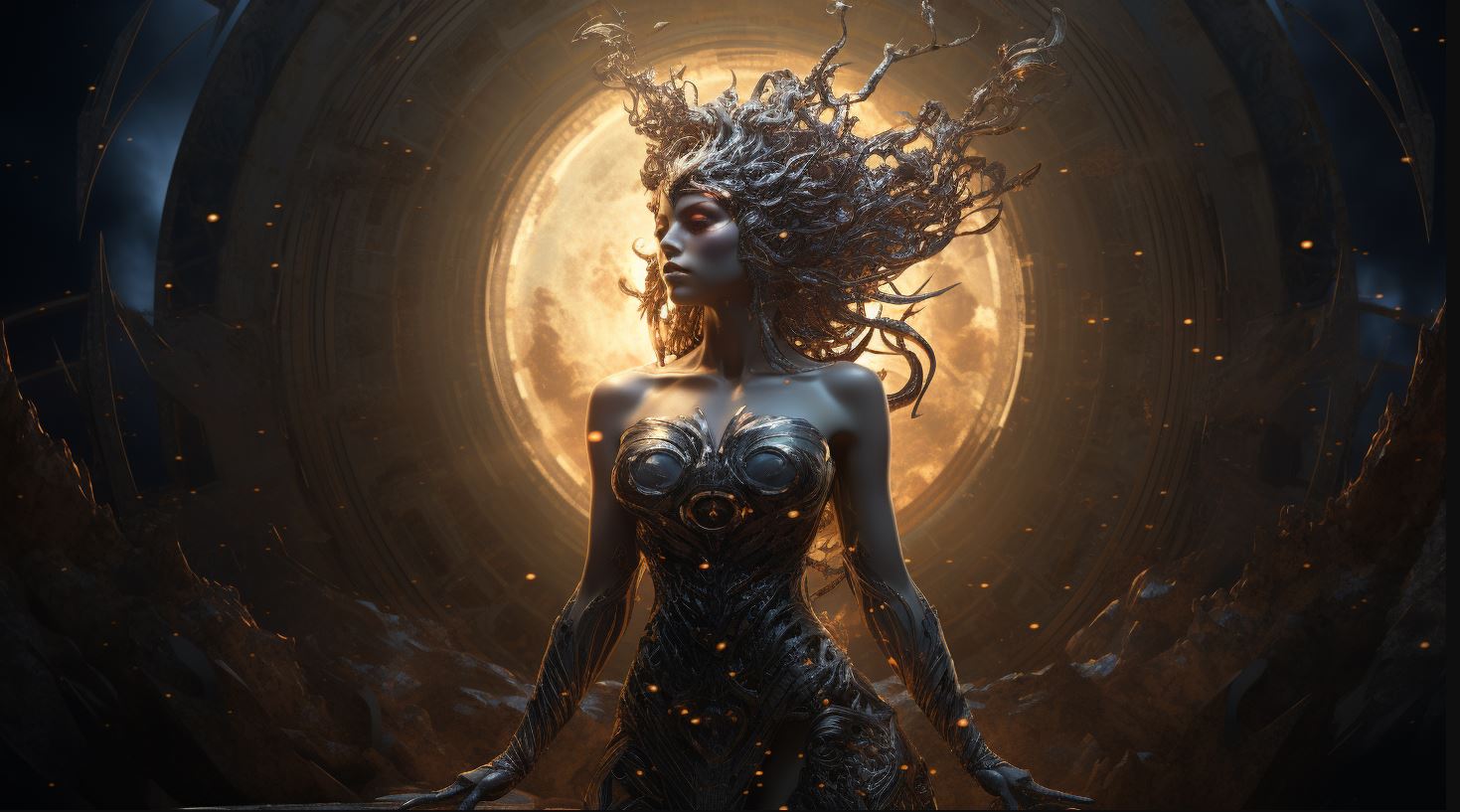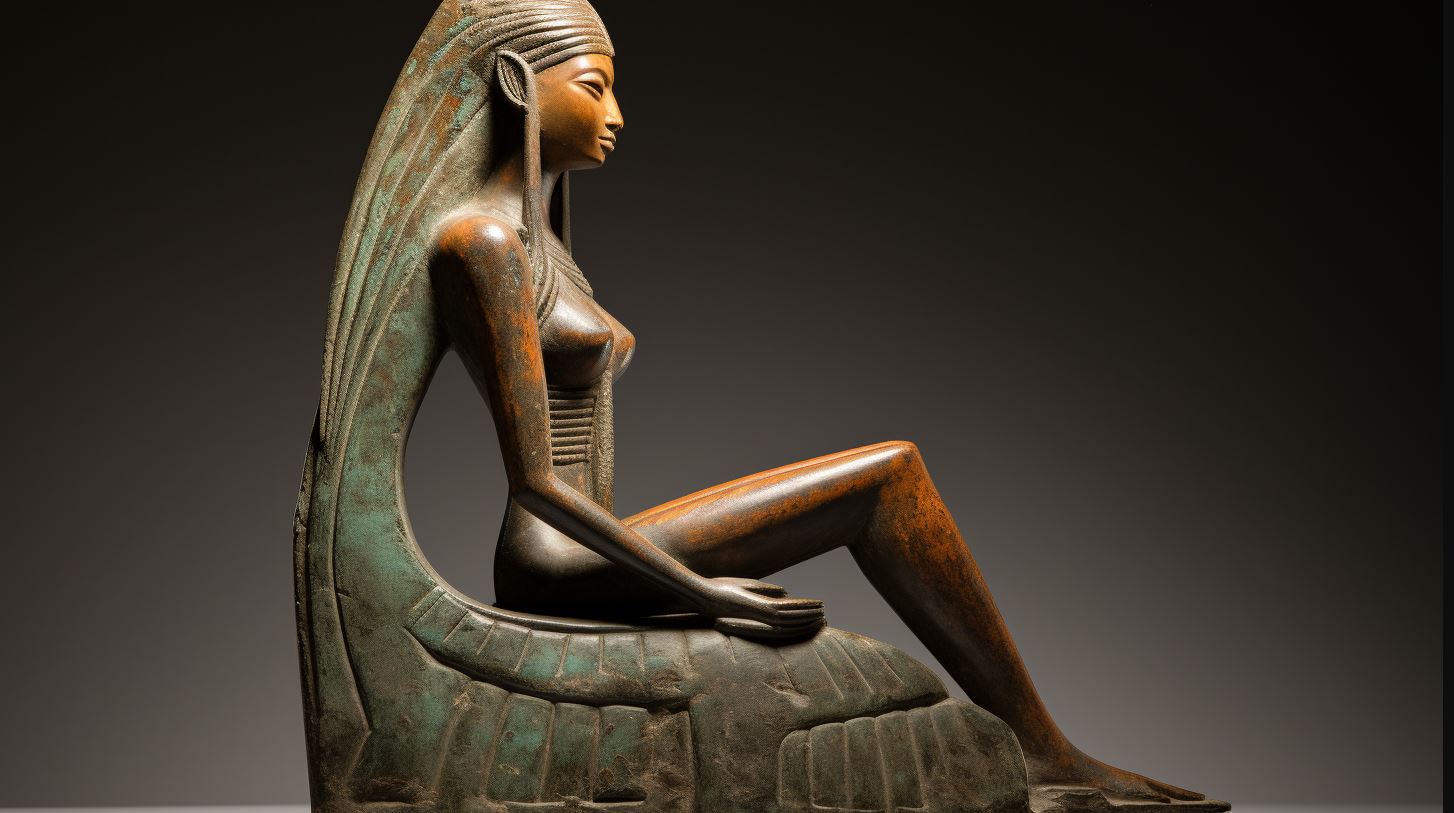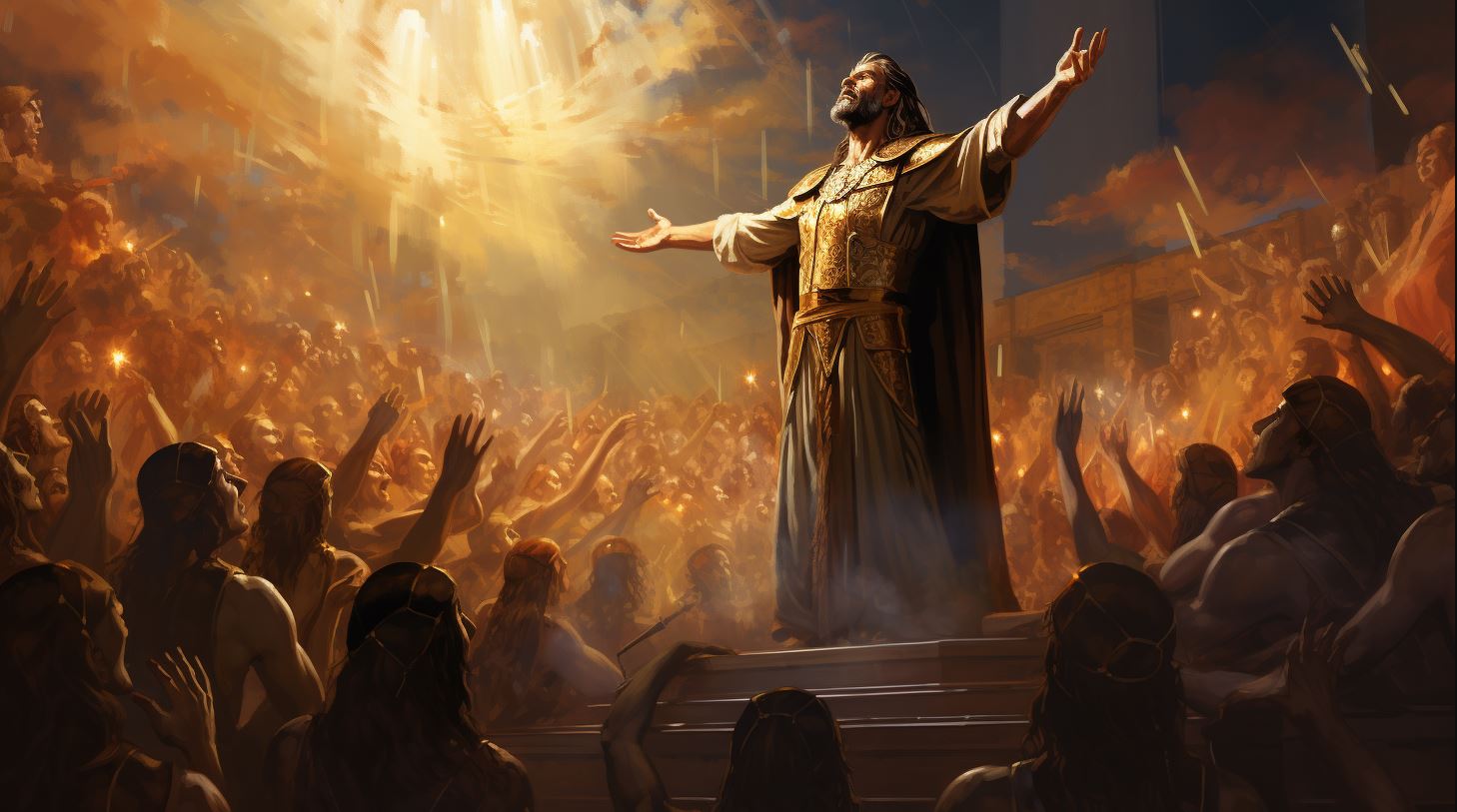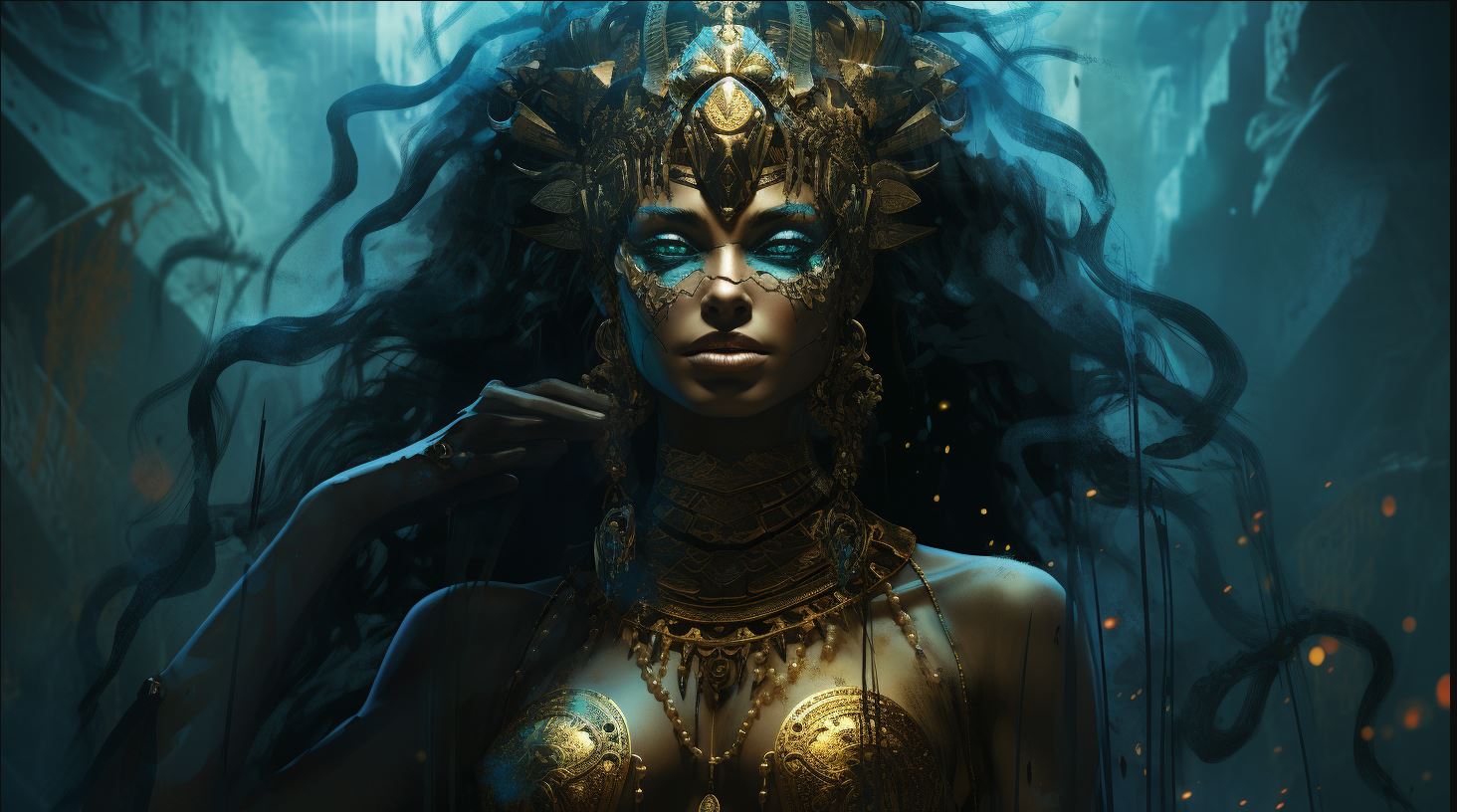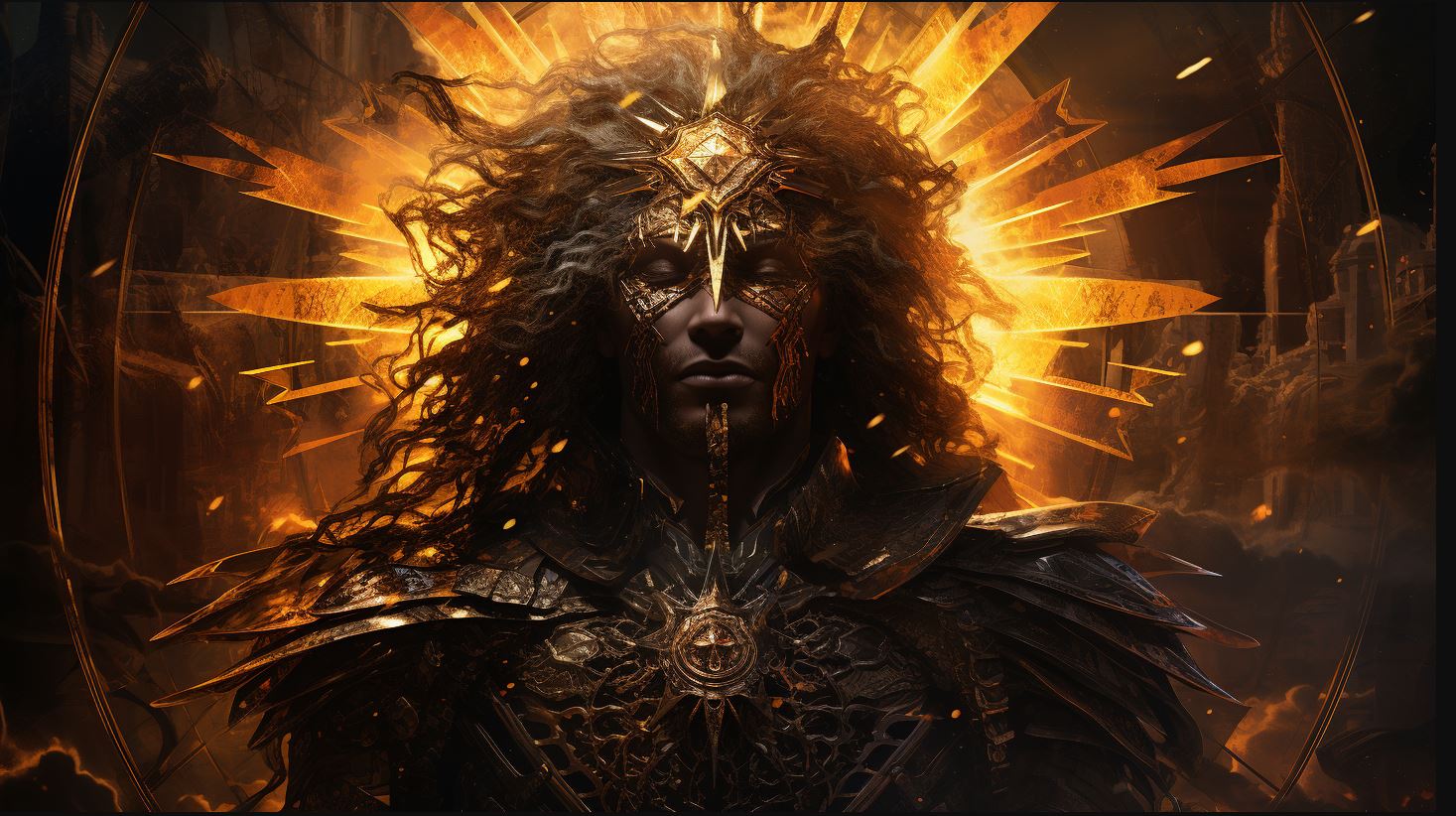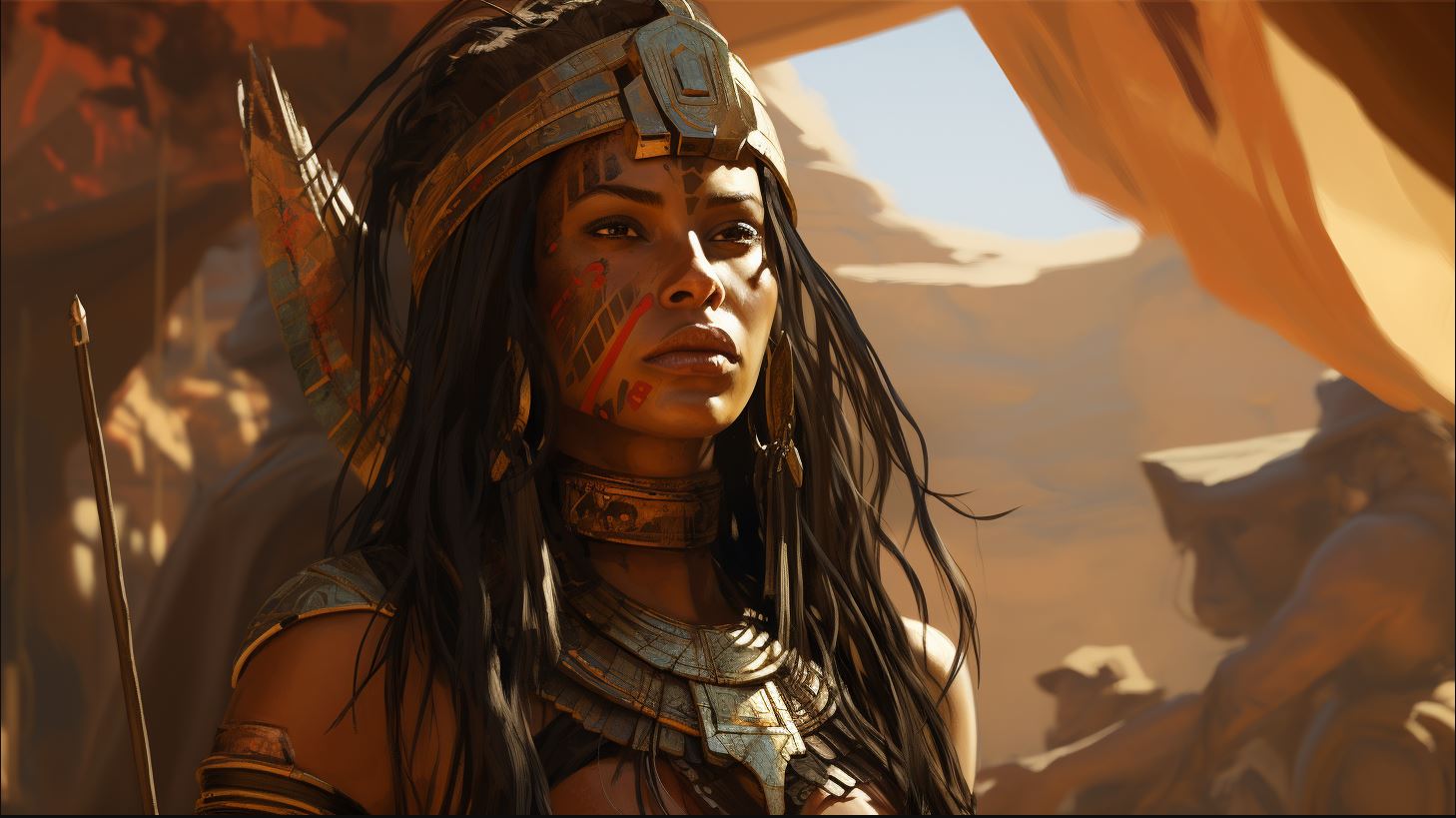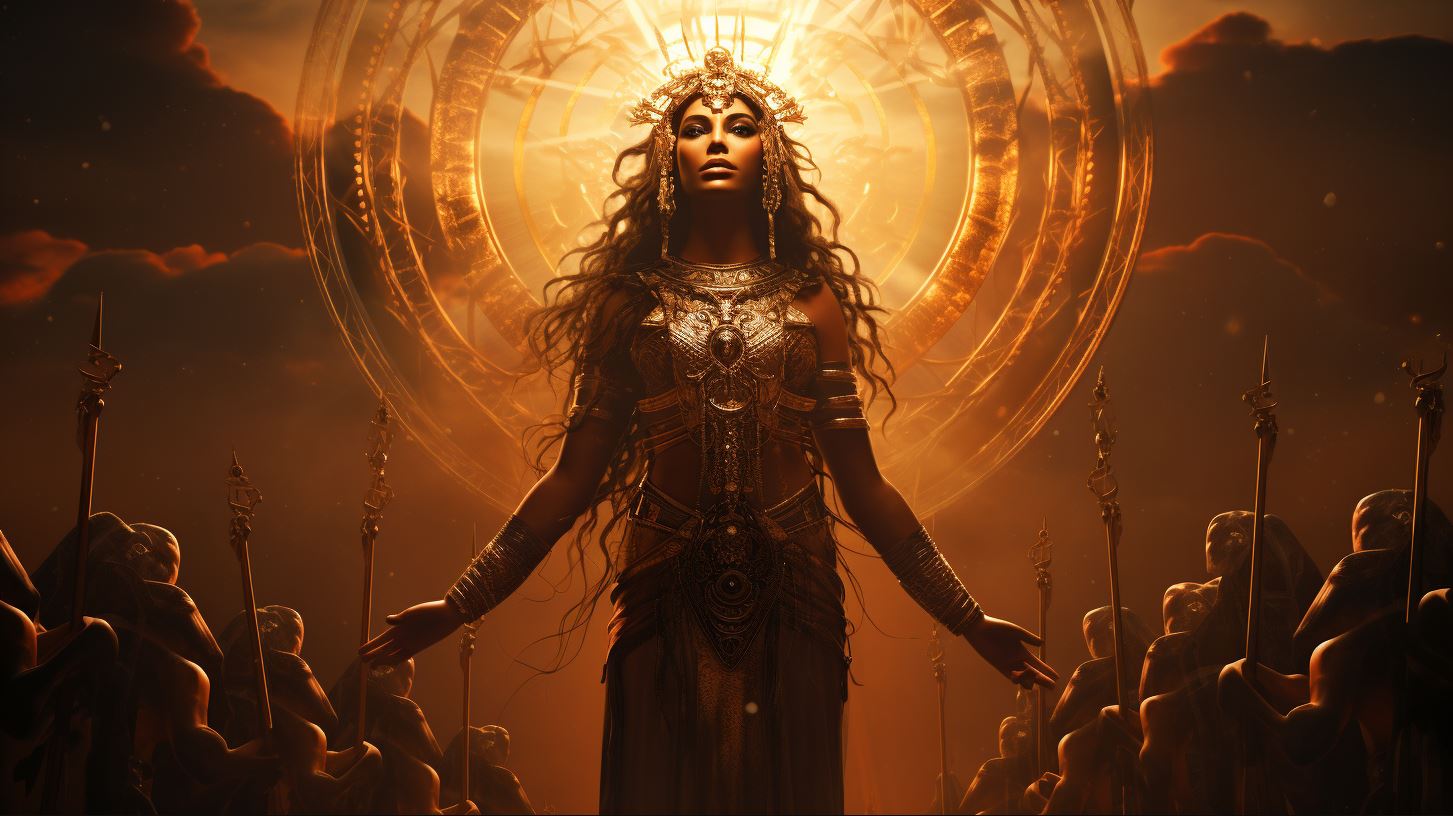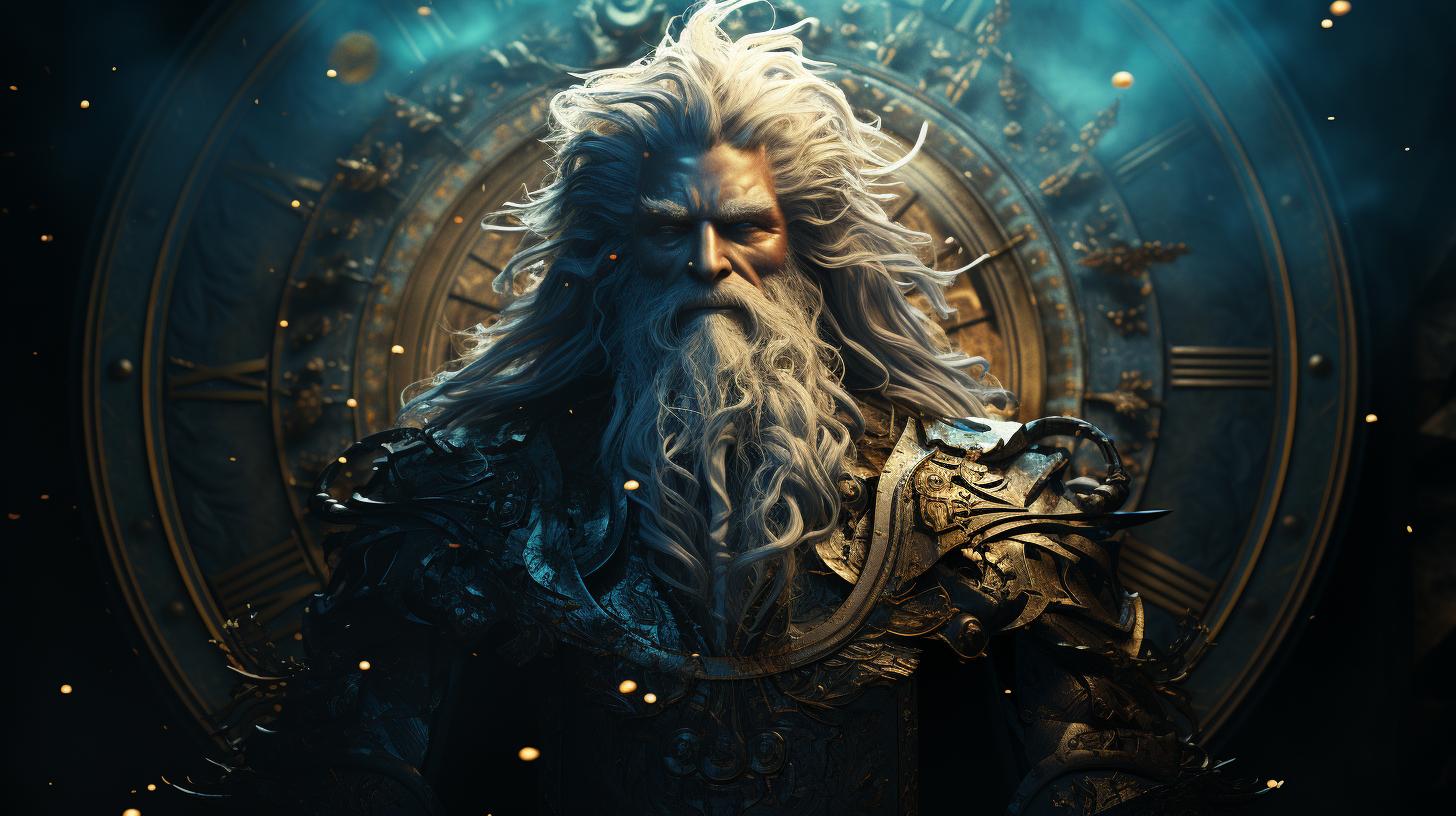Attar God: Unveiling the Mysteries of the Semitic Deity
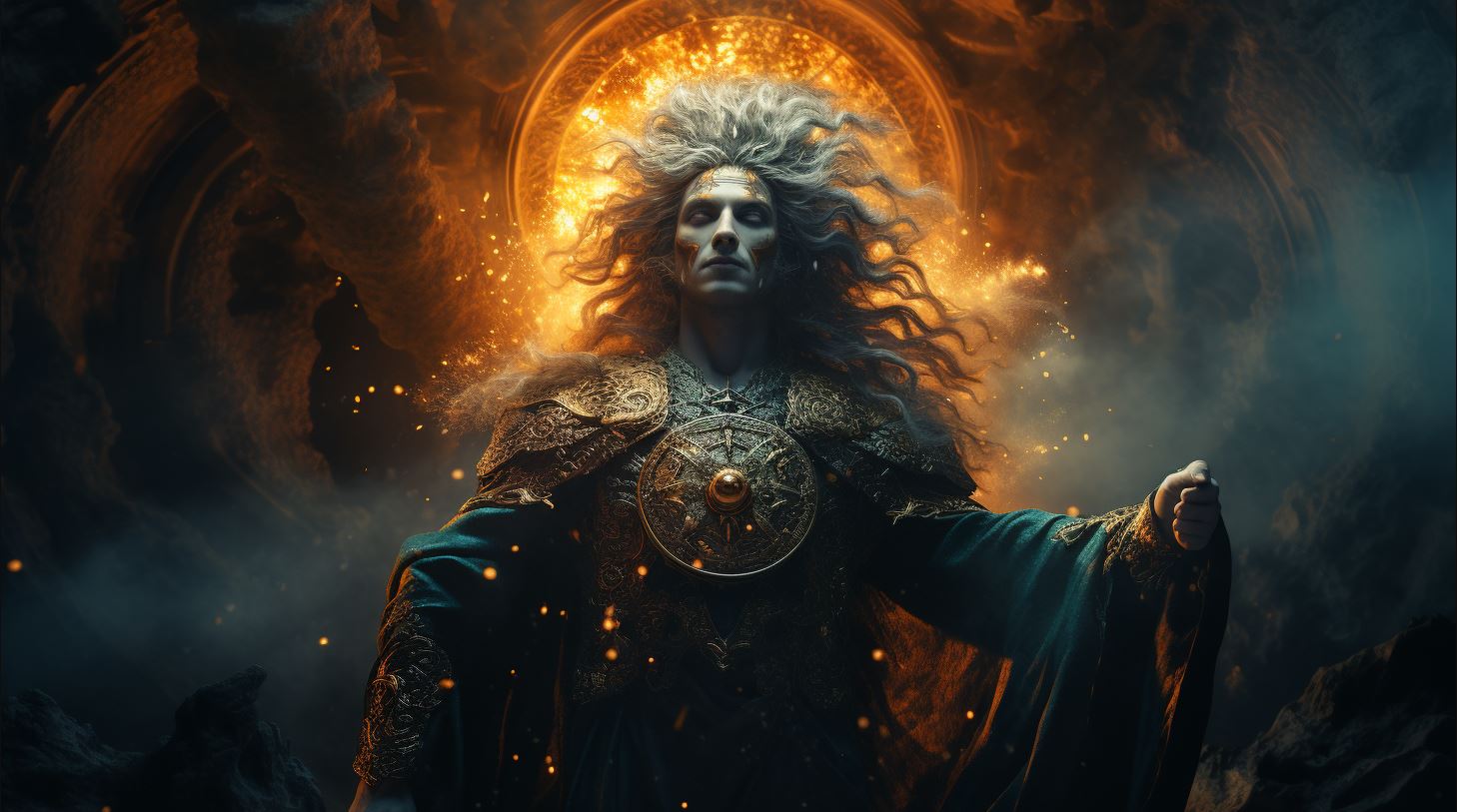
Attar God holds significant cultural and religious significance across various ancient civilizations. In Ugarit and Aramean cultures, Attar appears in both male and female forms, associated with the planet Venus and idol worship.
In South Arabia, Attar is known as the hunting god, while among Arab tribes, different variants of Attar exist. Canaan and Moab associate Attar with major deities like Baal and Anat.
Understanding Attar God’s role in popular culture sheds light on its continued influence on beliefs and practices.
The Various Forms of Attar God
Attar God has been mentioned in different forms and variations in various cultures and regions, showcasing its rich cultural and religious significance. This section explores the diverse manifestations of Attar God in different contexts.
Attar in Ugarit and Aramean Culture
In Ugarit, Attar is referred to in both masculine and feminine forms, known as Attar and Attart, respectively. Both genders are associated with the planet Venus, highlighting their celestial connections.
Additionally, Attar is represented in idol form, symbolizing divine embodiment in Aramean culture. Furthermore, the belief in the assimilation of deceased ancestors to Attar demonstrates the reverence bestowed upon this deity.
Gender Variations: Attar and Attart
The gender variations of Attar, being both Attar and Attart, reflect the duality and complex nature of this semitic deity. The masculine and feminine aspects of Attar highlight diverse characteristics and attributes ascribed to this god in Ugarit and Aramean culture.
Association with Venus and Idol Worship
Venus, the planet of beauty and love, is intricately linked with Attar. The association of Attar with Venus signifies the god’s connection to beauty, desire, and passion. Moreover, the representation of Attar in idol form underscores the practice of idol worship prevalent in ancient Aramean culture.
Assimilation of Deceased Ancestors
In the southern regions of Arabia, Attar is revered as the god of hunting. The indigenous tribes associate Attar with hunting prowess, depicting the god as a skilled hunter. Additionally, other forms of Attar, such as Kirrum and Attar-Shariqan, also find mention in this region, showcasing the diverse facets of Attar’s influence.
Attar as the Hunting God
Attar holds a prominent position as the god of hunting in the lore of South Arabian cultures. This association highlights the reverence for Attar’s hunting abilities and the significance of hunting in the lives of the local communities.
Other Forms: Kirrum and Attar-Shariqan
Alongside Attar, the presence of other forms like Kirrum and Attar-Shariqan further enriches the diverse pantheon of South Arabian mythology. These variations showcase the multifaceted nature of Attar and its manifestations among the local tribes.
Attar among the Arab Tribes
Attar is prevalent among the Arab tribes, with different variants and specific forms associated with varying regions and beliefs. These various forms further exemplify the widespread influence of Attar God in Arabian culture.
Different Variants: Attar-Asyima and Attar-Musurun
Within the Arab tribes, Attar manifests in different variations such as Attar-Asyima and Attar-Musurun, highlighting the regional distinctions and unique perceptions of Attar in different Arab communities.
Presence in Qedar and Palmyra: Attar-Sham and Bolastor
Qedar and Palmyra are specific regions where Attar is distinguished with unique forms like Attar-Sham and Bolastor.
The presence of Attar in these regions portrays its localized significance and integration into different cultures and mythologies.
Attar in Canaan and Moab
Religious Context and Associations with Baal and Anat
Masculine and Feminine Forms of Attar
In Canaan and Moab, Attar assumes both masculine and feminine forms, known as Astar and Astartum, respectively. These gender-specific variations further emphasize the diverse aspects and characteristics attributed to Attar within the ancient Canaanite and Moabite belief systems.
Understanding Attar God in Popular Culture
Understanding the role of Attar God in popular culture provides valuable insights into its continued significance and impact on beliefs and cultural practices. This section explores references to Attar God in contemporary contexts and examines how it shapes and influences various aspects of society.
References to Attar God in Contemporary Contexts
In modern times, Attar God continues to hold a place in literature, art, and popular media. Numerous literary works, such as novels, poems, and plays, make references to this ancient deity.
Attar God represents a spiritual and mythical figure that captivates the imagination of writers and artists alike. Through these references, Attar God’s presence is kept alive, ensuring its enduring legacy.
Moreover, Attar God appears in popular culture through various visual representations, including paintings, sculptures, and even tattoos.
These visual depictions serve as a testament to the cultural significance and enduring fascination with this Semitic deity. Attar God’s images and symbols continue to inspire and resonate with individuals, connecting them to ancient traditions and beliefs.
Impact on Beliefs and Cultural Practices
The influence of Attar God extends beyond artistic expression and visual representations. It also impacts religious beliefs and cultural practices. Attar God’s association with idol worship, hunting, and even celestial bodies like Venus shapes the spirituality and rituals of different communities.
Believers often seek the intercession and blessings of Attar God for their hunting endeavors, emphasizing the deity’s role as a protector and provider. Additionally, Attar God’s connections to deceased ancestors in some cultures highlight its significance in ancestral worship and the veneration of past generations.
Furthermore, the presence of Attar God in religious contexts alongside major deities like Baal and Anat underscores its interplay with other divine figures. This religious syncretism reflects the deep intertwining of Attar God within the cultural and religious tapestry of Canaan and Moab.
In conclusion, the understanding of Attar God in popular culture reveals its ongoing cultural relevance and its profound impact on beliefs and cultural practices. Through contemporary references, artistic expressions, and its role in religious contexts, Attar God continues to shape and influence diverse aspects of society, keeping alive the legacy and enduring significance of this Semitic deity.
…

